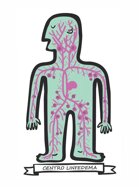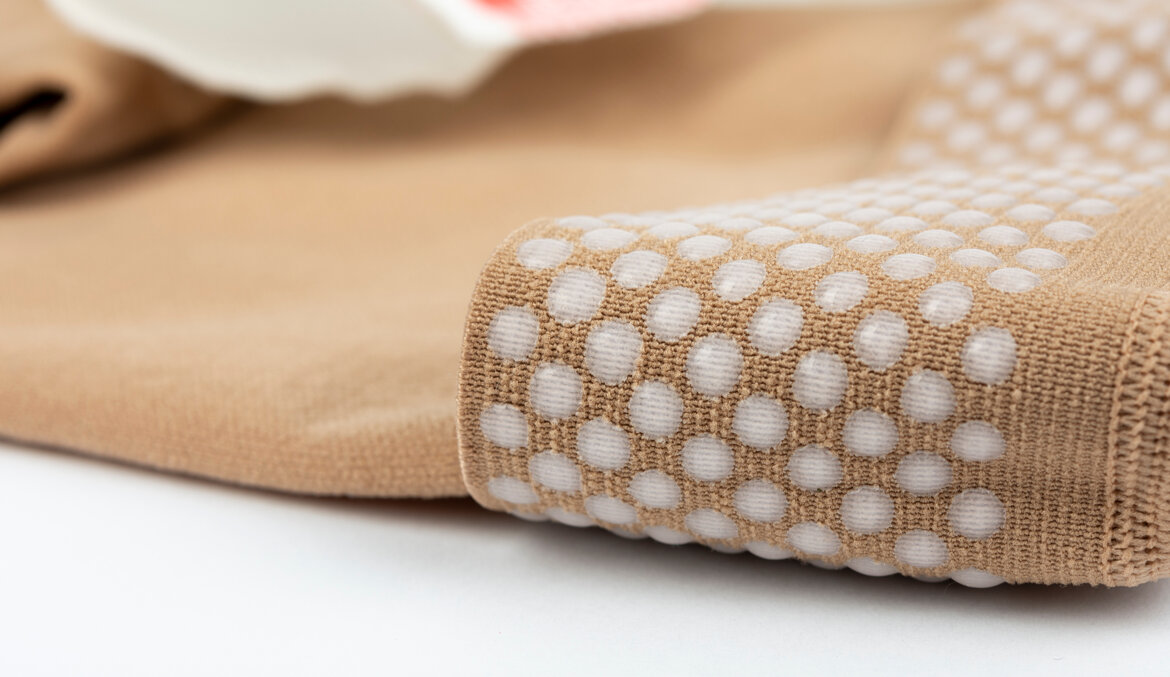WHAT IS LYMPHEDEMA
Lymphedema is defined as an abnormal accumulation of protein-rich fluid within the interstitial tissue, associated with a chronic inflammatory condition and tissue fibrosis. This can result from surgical removal of lymph nodes or from their malfunction.
In relation to genesis, the following are distinguished:
- PRIMARY LYMPHEDEMAS or congenital,
- SECONDARY LYMPHEDEMAS from surgical interventions, radiotherapy, trauma (e.g. burns), road accidents.
It is a common pathology widespread throughout the planet, with different etiology in different countries: worldwide, about 90 million people are affected by lymphedema caused by parasitosis (filariasis), and about 10 million have secondary lymphedema (from surgery for breast and pelvic cancer, vascular surgery, recurrent infections, and trauma).
If we add to these figures those who have chronic vascular insufficiency, the estimated cases rise to 300 million.
As for pediatric cases, in which lymphedema presents as congenital, it is estimated that only 10% of existing cases are diagnosed worldwide.
This is due to difficulties in accessing diagnosis and therapy.
Lymphedema can therefore be defined as a hidden epidemic.
The reduction of lymphatic drainage is associated with a chronic inflammatory process that therefore establishes a pathological condition with which the patient lives for their entire life. The limbs are mostly affected, and this significantly impairs the quality of life of individuals.
IMPACT OF LYMPHEDEMA ON QUALITY OF LIFE
Chronic swelling of a limb or part of it.
The disease is progressive and tends to worsen over time.
There may be an increase in the weight of the limb with limitation of mobility.
Recurrent episodes of infection may require hospitalization with each episode.
Thickening and hardening of the tissues can lead to fibrosis, further skin diseases, and ulcerations.
Problems with clothing and choosing suitable footwear.
Change in lifestyle and work, especially if the work activity performed can worsen lymphedema.
Onset of depression and progressive withdrawal from the outside world.
TYPES OF SURGICAL PROCEDURES
Surgical techniques are intended for cases that do not respond to medical treatment and include two types of procedures: ABLATIVE or PHYSIOLOGICAL
The type of technique to choose or how to combine the different techniques will be determined based on the examination, the interview with the patient, and the results of the lymph resonance, an essential preoperative test that allows us to have a direct view of the type and degree of lymphedema being addressed.
For each case, a personalized therapeutic plan will be established according to the needs of the individual patient, in order to achieve the highest possible level of care.
The goal always remains to help the patient regain as much independence as possible; each specialist studies the most suitable compromise, combining what theoretical rules dictate and what the person experiences.
ABLATIVE SURGICAL PROCEDURES
They are based on the removal of pathological tissue using different techniques, all aimed at reducing the weight and size of the affected areas
-MODIFIED LIPOSUCTION
Generally reserved for cases in which the affected areas are largely made up of fibrotic tissues (the so-called lipoedema); this type of procedure allows for selective remodeling of the affected areas while preserving the competent lymphatic pathways, thus making it possible to intervene where physiological techniques are not ideally indicated.
This technique too, in cases where different degrees of lymphedema coexist, can be used in combination with ablative and physiological procedures to achieve results aimed at a better and more complete level of care.
-WIDTH REDUCTION INTERVENTIONS
Generally reserved for the most severe cases of lymphedema, where the affected areas are largely made up of fibrotic tissues, ablative surgery aims to remove more or less extensive amounts of pathological tissue, thus primarily alleviating problems related to the size and weight of the affected limbs, significantly improving the patient's quality of life. Secondly, this type of procedure allows for selective remodeling of the affected areas, making it possible to act on zones that are little or not at all responsive to other treatments.
Last and perhaps most important is the possibility of facilitating the activity of the remaining competent lymphatic vessels, thus helping to break the vicious cycle that often leads to an irreversible and unresponsive worsening of the disease. All this proves extremely useful in cases where these interventions are combined with physiological procedures (autologous lymph node transplantation and lymphovenous bypass) or with liposuction; in fact, the different techniques often combine synergistically with each other, allowing for even more sophisticated levels of care.
PHYSIOLOGICAL SURGICAL PROCEDURES
These types of procedures aim to reconstruct competent lymphatic pathways, allowing the drainage of excess lymph from the affected areas. They are sophisticated procedures performed using highly specialized techniques, with the aid of an operating microscope
-LYMPH NODE TRANSPLANT (ALNT - VLNT)
Reserved for cases in which the lymphatic system is hypoplastic or absent, or in which there is an interruption in the lymphatic drainage flow, whether of iatrogenic, traumatic, or post-infectious origin.
The procedure consists of the autologous transplant of a tissue unit, called a flap, containing lymph nodes. This flap is transferred to the site where lymph nodes are absent or non-functional. The most commonly used donor areas are the lateral cervical, dorsal, and inguinal regions. About three to four lymph nodes are harvested, to avoid complications in the donor area.
The transplanted tissue not only promotes the reabsorption of excess lymph present in the recipient area, but also allows the establishment of a new balance that will be long-lasting over time through the formation of new lymphatic vessels.
Lymph node autotransplantation is also indicated for preventive purposes. The approach to the oncological patient is seeing an essential combination between oncological demolitive surgery and conservative/plastic reconstructive surgery.
Consider cases where it is necessary to perform a mastectomy for carcinoma. In the same surgical session, after the oncological removal, breast reconstruction is performed with an abdominal fat flap, rich in adipose tissue to restore the volume and shape of the breast and lymph nodes to prevent the onset of upper limb lymphedema.
-LYMPHOVENOUS ANASTOMOSIS or LYMPHATIC VENOUS BYPASS
In its various forms, this type of technique, according to our philosophy, is best indicated in cases of hyperplastic or hypertrophic lymphedema, where the lymphatic vessels are present—sometimes even greater than normal in terms of length and/or number—but lack competence, and therefore are unable to perform their transport function. The purpose of these procedures is to create several bypasses under the microscope between small lymphatic vessels and subcutaneous venules, thus allowing a diversion of flow from the blocked lymphatic system to the venous system.
For more information, I refer you to the website http://www.centrolinfedema.it, the website of the team of experts of which I am a part.






